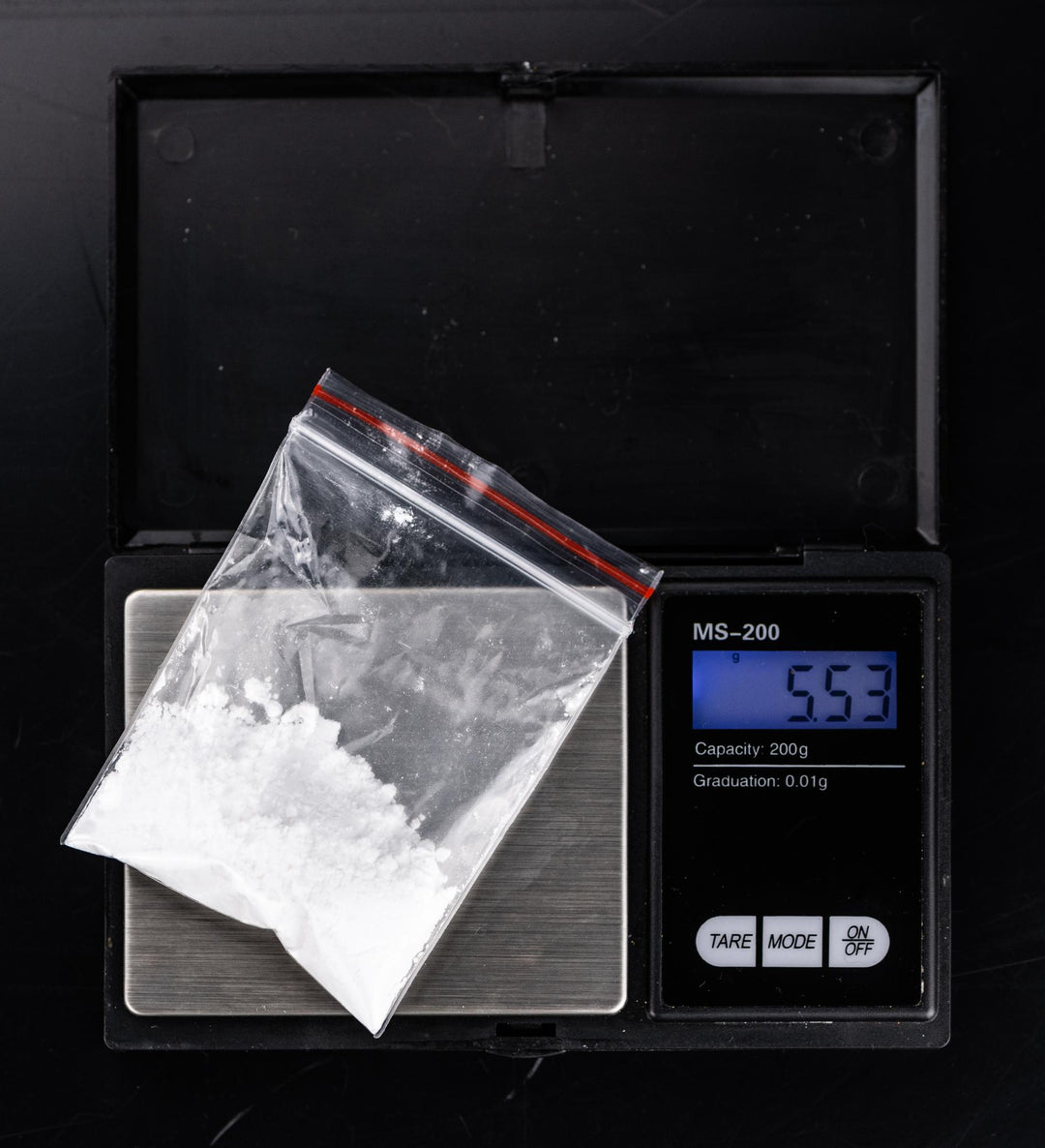Speed effect - What you should know
Speed, also known as amphetamine , is a stimulant drug that sends the body and mind into high gear. Many people use it to be more alert, to last longer or to feel euphoric. But what happens in the body?
In this article, you will find out how speed works, how long the effect lasts and what side effects can occur. We also clarify whether speed is dangerous and how high the risk of addiction really is.
How does speed work?
Speed affects the central nervous system and releases large amounts of dopamine and noradrenaline, the neurotransmitters responsible for alertness, motivation and feelings of happiness.
Typical effects of speed:
- Euphoria & good mood - consumers feel self-confident and full of energy.
- Alertness & concentration - tiredness disappears, alertness increases.
- Urge to talk & activity - Many feel more talkative and enterprising.
- Appetite suppressant - Speed suppresses the feeling of hunger, which is why it is sometimes misused to lose weight.
These effects can be intense, but they do not last forever. The effects are often followed by a hard "crash" with exhaustion and depression.


How long does speed last?
The duration of the speed effect depends on the dose, the form of consumption and the individual metabolism.
Typical course of the effect:
- Onset of effect: 20-60 minutes after consumption
- Peak effect: After 1-3 hours
- Duration of effect: 4-8 hours, in some cases longer
- The "crash": diminishing effect often leads to exhaustion, irritability and listlessness
As speed puts a heavy strain on the body, it can be difficult to fall asleep or relax after consumption. Many experience a phase of exhaustion that can last for 24 hours or longer.
Side effects of speed
In addition to the desired effect, speed has many undesirable side effects. While consumption initially provides energy and euphoria, the body reacts with a racing heart, sweating and tremors. Many also report jaw grinding and muscle tension, as speed tenses the muscles.
Psychologically, the drug can also be stressful. Anxiety, restlessness and irritability are common side effects, especially when the effect wears off. Some users also experience hallucinations or paranoia, especially with high doses or regular use. In addition, speed often leads to sleep problems, which exacerbates the exhaustion after the "high".
Is speed dangerous?
Yes, speed can be dangerous - both in the short and long term. Cardiovascular problems, high blood pressure and overheating can occur immediately after consumption. Mixed consumption with other drugs or alcohol is particularly risky, as this increases the strain on the body and can trigger unpredictable reactions.
In the long term, speed can cause serious damage. Continuous use puts a lot of strain on the body, which can lead to heart problems, nerve damage and permanent exhaustion. Psychological consequences such as anxiety disorders, depression or psychosis are also possible. Particularly dangerous: many people underestimate the potential for addiction and unknowingly slip into an addiction.

Conclusion: Speed - risk instead of kick
Speed provides energy, alertness and euphoria - but the risks should not be underestimated. The effect may be tempting, but the side effects and long-term consequences can be serious. From heart problems and mental disorders to addiction - the danger is real.
Particularly treacherous: the supposed performance boost often leads to a cycle of consumption and exhaustion. Those who use speed regularly risk long-term damage to body and mind. Therefore, no matter how tempting the high is, the risks outweigh the benefits.



